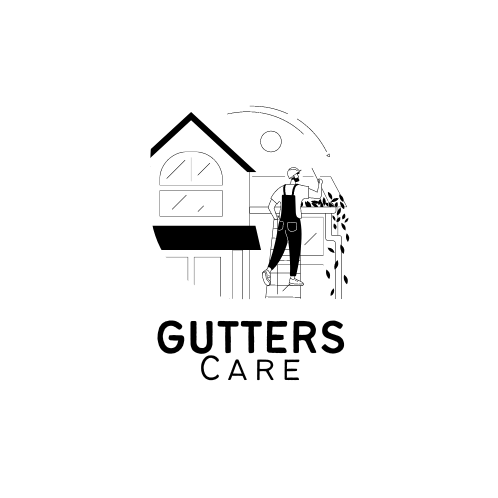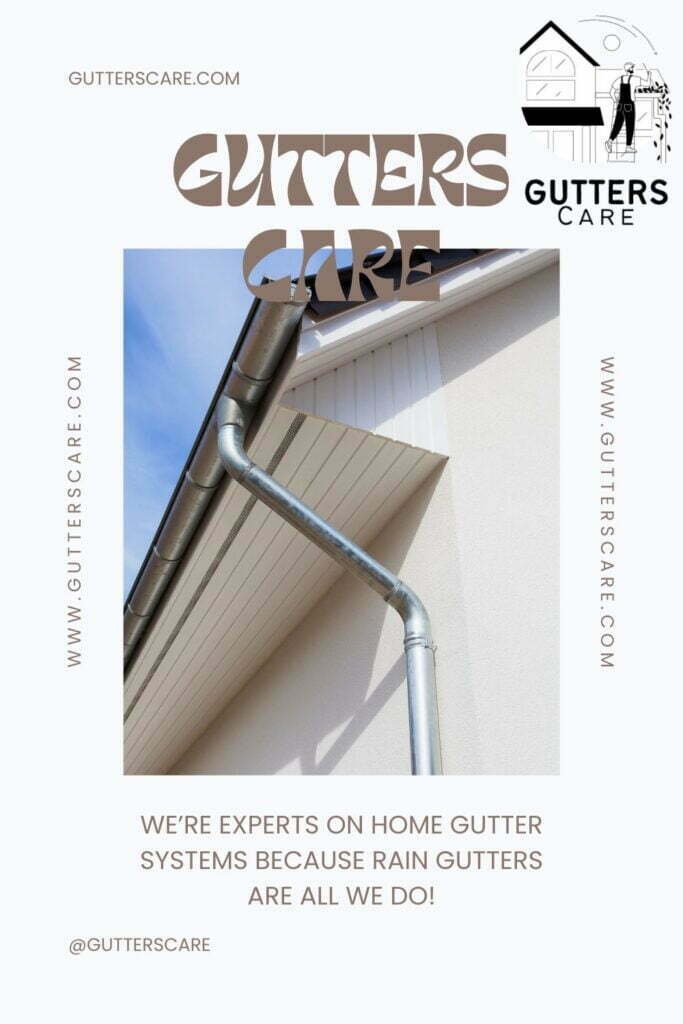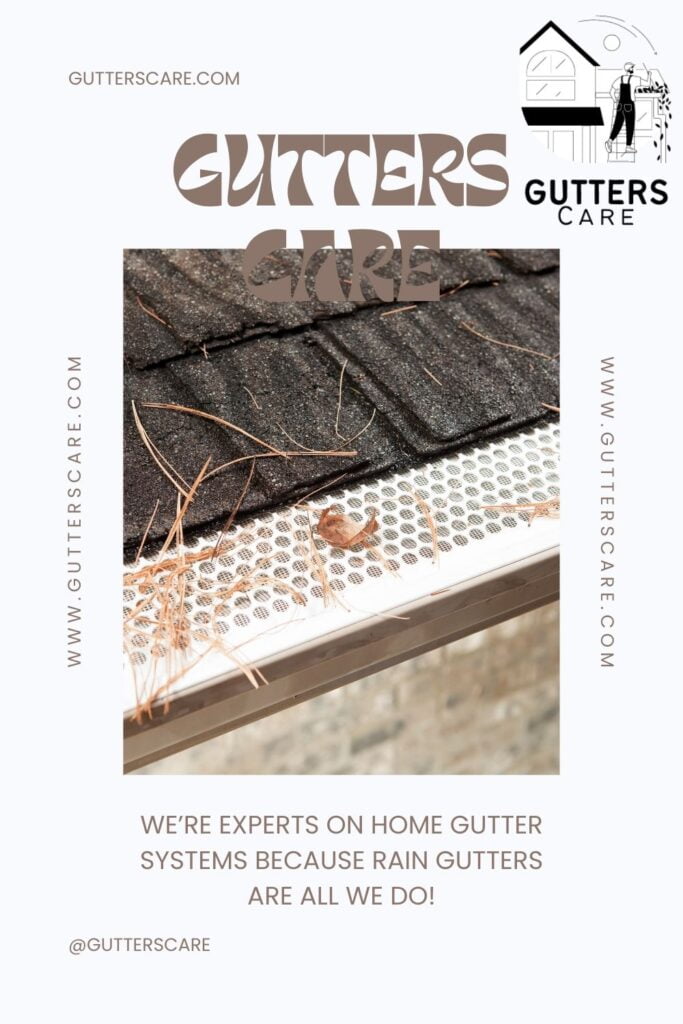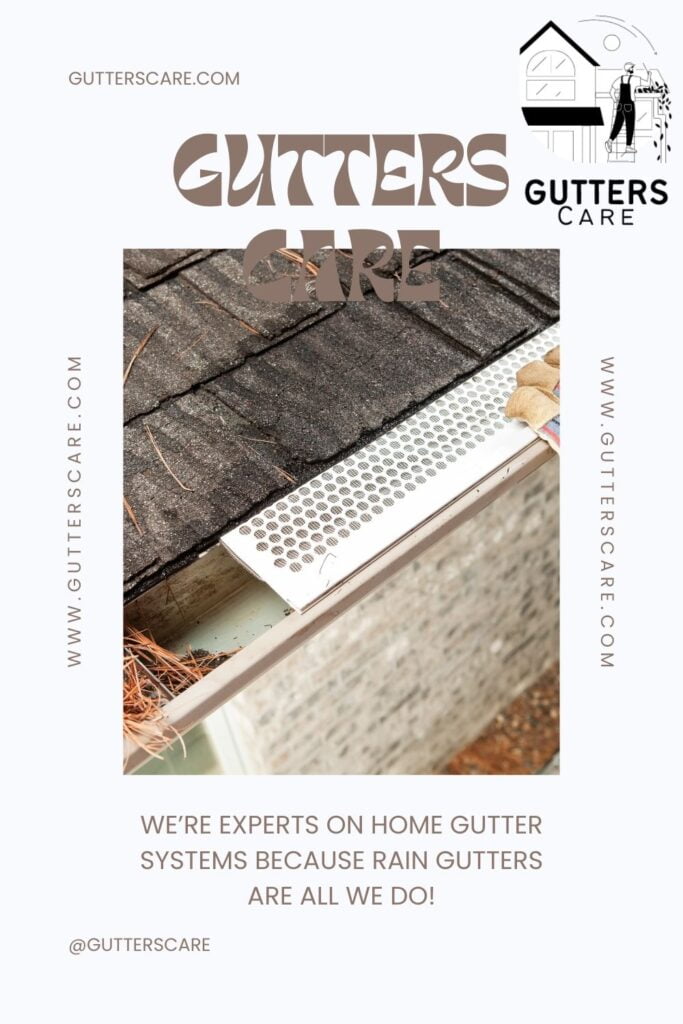8 Most Common Gutter Installation Mistakes Made When Installing Roof Gutters (2025)
Gutters Common Mistakes During Installation Process
Gutters are a necessary part of any house. Roof gutters help prevent flooding and other water damage to your home, they collect rainfall and direct it underground and away from the structure’s base. Gutter installation is not typically a high-skilled construction job, so homeowners can often take it on themselves or hire someone who lacks specialized knowledge to handle the job.
As with so many other tasks, installing gutters can be fraught with potential pitfalls, some of which can render the entire system unusable. Find out what to check for in your gutter system and how to avoid the most common mistakes made during gutter installation.
Watch Out for These Common Mistakes and Errors When Installing Gutters
Common problems that arise when installing gutters include the following:
1. Incorrect Positioning of the Gutter
The efficiency of your gutter system can be considerably impacted not only by the location of your downspouts but also by the total number of downspouts that you install. In the event that there are not sufficient downspouts installed in the appropriate locations, this might result in a variety of unfavorable difficulties, such as water pooling or flooding during periods of severe precipitation.
Incorrect placement can also result in the erosion of the soil around your property, the infestation of insects in the gutters, and damage to the siding or foundation of the building. And the solutions to all of these problems are frequently very pricey.
It is advised that gutters be installed “behind” the drip edge of your roof, which literally translates to “under.” A component known as a drip edge is one that hangs over the edge of the roof and has a lower edge that projects outward in one direction.
The water then “drips” into the gutter through a process known as capillary action, which involves the water following the line of the drip edge until it reaches the gutter.
When functioning properly, the drip edge and the gutter collaborate to restrict the path that water takes as it drips from the roof, which in turn helps to safeguard the structural components of the structure that are located below the roof. When gutters are positioned below the drip edge, water can pool behind the gutters and rot the wood that supports the gutter system. This can happen if the gutters are installed too low.
2. Buying and Installing the Wrong Type of Gutters
Going to the store to buy gutters can be a daunting experience due to the wide variety of materials, sizes, gauges, and forms available for purchase.
When selecting a gutter, we advise going with one that meets the following criteria:
- Aluminum metal
- A substantial gauge, such as.032 inches.
- Hangers of a robust and concealed nature, such as Raytec Hidden hangers
- A minimum of 0.19 millimeters in thickness for all elbows and downspouts
- A color that is complementary to your residence (typically the metal on the eave of your house)
- A dimension that is suitable in relation to the volume of water flow
3. Choosing a Cheaper Gutter System of Lower Quality
Many homeowners are tempted to choose a gutter system that is less expensive, but the solutions that are available at a lesser cost are typically composed of materials of lower quality. If the gutter system is installed correctly, some of them can endure the lifespan of the home.
A good gutter system should last at least as long as you live in the house. Although a less expensive system could appear to be the same, it might really be made of weaker materials, which could lead to a variety of damages or even require replacement at a cost that is greater than the amount of money you saved.
Any gutter materials that can be obtained at a store specializing in home remodeling will not be as durable as the products that are sold by a firm that specializes in the installation of gutters professionally. Because of this, we strongly advise only installing gutter systems of the highest possible quality.
4. Wrong Size Gutter
When it rains, the amount of water that a gutter is able to drain depends on its size, which is determined by the breadth of the top of the gutter. If the gutters on your home are too shallow, the drainage system may become overwhelmed during times of extreme precipitation. This can result in the drainage not working as effectively as it should and may also cause damage to your gutters and possibly even your foundation.
When determining the right size for your gutter, you should take into consideration the following aspects:
- The typical amount of rain that falls where you live
- The height and width of your roof.
- The angle at which your roof slopes.
- Any places where there is an excess
You will require a gutter that is larger if either the surface area of your roof is greater than is typical or if you reside in a location that receives more rainfall than is typical.
Talk to your roofing contractor or supplier about the measurements that would work best for your home and find out what they recommend.
These days, the gutters on the majority of homes have a width of between 5 and 6 inches. Both sizes are able to be put on a single dwelling.
If there is a problem in a certain region of the house, the larger size can be installed there, while the regular size can be utilized in the remaining portions of the structure.
5. Not Leveling the Gutters Correctly
It could appear like the gutters on a property are level if you don’t examine them too closely. However, there is a very minor pitch difference between them.
How well water is directed away from your home is directly related to the angle, also known as the pitch, at which your rain gutters are hung. There can be difficulties if the angle of your slope is either too steep or not steep enough.
If the pitch of your roof is not steep enough, the water will pool in the gutters instead of flowing out of the house.
On the other hand, if it is excessively steep, rainwater will move through the gutters at an excessively rapid rate, which will result in an overflow. Both of these repercussions have the potential to create damage in addition to other problems surrounding the exterior of your property.
A reasonable rule of thumb is to ensure that your gutters have a slope that is one-quarter of an inch toward your downspouts for every 10 feet of gutter that you have. During the installation process, a professional gutter installation firm will use a level to ensure that the gutters are installed at the appropriate slope. This will ensure that the water drains away in the appropriate manner.
6. An Inadequate Distance Between the Gutter Hangers
The components that attach your gutters to your house are referred to as gutter hangers, and they are an additional essential component of your system.
Even if your gutters are built at the correct slope, all of this may be for naught if the hangers are not spaced correctly. Your gutters could start to sag if the space between them is incorrect, which would result in water collecting in that area if it did. In turn, the added weight of this gathering water might cause the gutters to detach from your house, which can be an expensive repair.
When inspecting your hangers, it is essential to ensure that there is no more than a 2-foot gap between each of them. In colder areas, where the weight of snow and ice can put additional strain on the gutters, you should keep the distance between them to less than two feet.
Checking the manufacturer’s recommendations for the amount of space between components is another smart thing to do. Do not be afraid to inquire with the installer about the location of the hangers or to request additional hangers if there is a cause for worry. This should not be difficult to work around.
7. Excessive Number of Seams
The regions that are most susceptible to damage are the seams; therefore, you should minimize the number of seams. In older gutter systems, there would be a seam approximately every 10 inches, which would undoubtedly cause leaks. You won’t have to worry about this problem at all if you have seamless gutters installed in your home by a professional gutter installation company.
Seamless gutters require a professional contractor to make them specifically for your property. On-site fabrication allows seamless gutters to be tailored to the exact dimensions required for your house. The gutters should extend beyond the edge of the shingles by approximately one inch.
There is a widespread misconception among buyers that this will do away with all seams. However, there is a seam at each end cap and each corner that, after a few years, could need to be resealed. When compared to the alternative of sealing a seam every 10 feet, this is a significant advancement.
8. Damage to the Gutters Caused by the Installation Process
It is imperative that you exercise extreme caution during the gutter installation process if you intend to have aluminum gutters, which are the material that we strongly advise our customers to use. It doesn’t take much to bend or damage your gutters; all it takes is for them to get hit by your ladder or fall to the ground.
In the event that this takes place, the entirety of this area will need to be repaired. It is of the utmost importance to pick a skilled firm that is able to install very long sections of the gutter and operate securely from ladders. This may be accomplished by the company you hire.

















